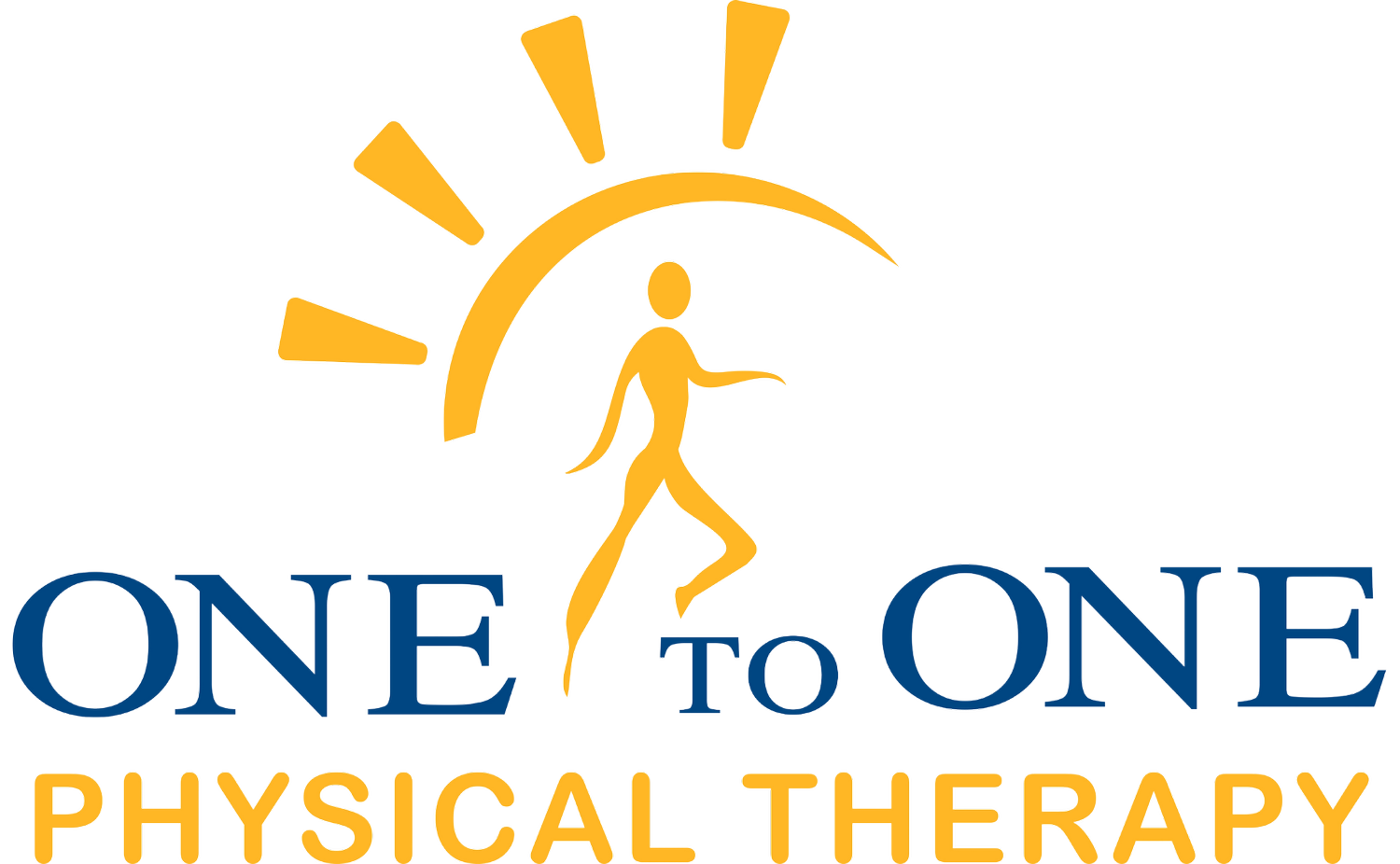How We Treat Hip Pain
Hip pain is a common complaint among people of all ages and activity levels. It can be caused by a variety of factors, including injuries, arthritis, movement patterns, and so on. Regardless of the underlying cause, hip pain can be both debilitating and frustrating. At One to One, we help our patients manage their hip pain with a combination of patient education, strength, mobility, and movement pattern corrections during daily tasks or painful activities.
Patient Education:
Patient education is a critical component of physical therapy for any body part, including the hip. At One to One, your physical therapist will take the time to educate you on the cause of your hip pain and provide you with the necessary information to manage your symptoms. It is important that you are informed about proper postures, body mechanics, and ergonomics during daily activities like standing, sitting, sleeping, and so on to reduce stress on the hip joint and get you out of pain. Additionally, your therapist will provide guidance on appropriate exercises and activity modifications to prevent exacerbation of symptoms.
Mobility:
Hip mobility, a general term often used to describe muscle flexibility, joint mobility, and strength through your available range of motion, is also an essential aspect of physical therapy for hip pain. Your physical therapist will assess your mobility and flexibility at your initial evaluation and address any impairments through specific stretches and manual therapy techniques as needed. Stretching exercises can help to reduce muscle tension and improve the ease with which the hip can move through its available range of motion. Manual therapy techniques such as joint mobilizations can be used to increase joint mobility and reduce pain.
Strength:
Hip pain can be a result of or be a cause for muscle weakness around the hip, low back, and pelvis. Physical therapy can help to address these issues by incorporating specific strengthening exercises based on the results of your strength tests during your initial evaluation. Strengthening exercises for the hip can include simple mat-level exercises such as clamshells or bridges, but will be progressed to more functional compound movements like squats, lunges, and step-ups when you and your physical therapist decide you are ready. These exercises can help to improve the strength of the hip muscles and reduce stress on the hip joint to get you moving better than before your pain began.
Movement Pattern Corrections:
In some cases, poor movement patterns or faulty mechanics can be a major contributing factor to a patient’s hip pain even without significant deficits in strength or flexibility. Once a pattern is identified, your therapist will work with you to reduce these movement faults through specific corrective exercises with the goal of reducing stress on the hip joint and improving overall function. At One to One, your physical therapist will constantly be monitoring your movement patterns during your sessions and, when appropriate, give you specific feedback on how to improve the quality of your movement.
In conclusion, physical therapy is very often an effective approach to conservatively managing hip pain. Through patient education, strength, mobility, and movement pattern corrections, physical therapy can help you reduce pain and improve function. If you are experiencing hip pain, it is essential to seek the guidance of a qualified physical therapist to create a personalized treatment plan to meet your specific needs. With the help of a physical therapist, you can return to the activities you enjoy without pain or discomfort.
